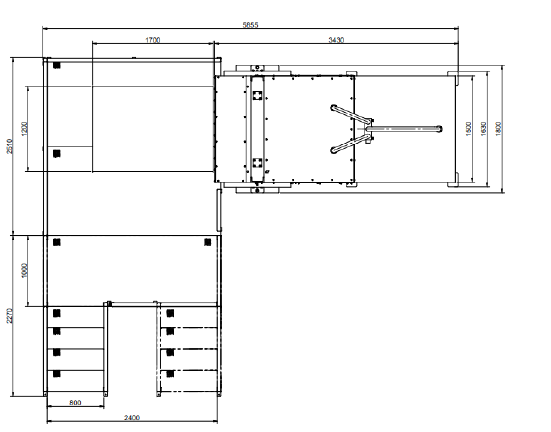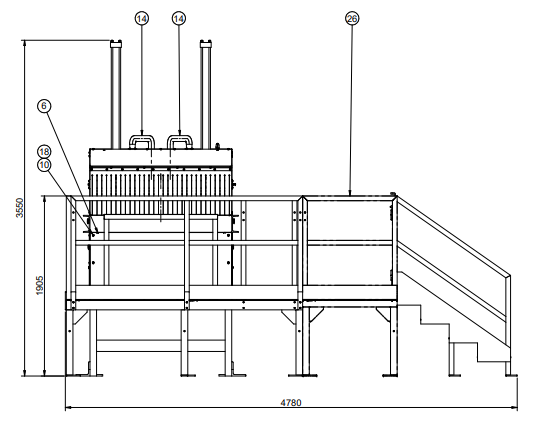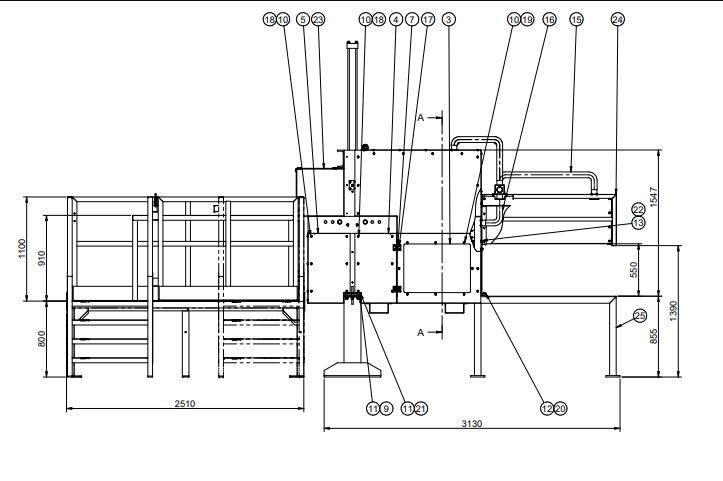WEEE shredding plant for E-waste recycling allows the recovery and separation of metal fractions of electronic components of WEEE materials. WEEE separation line, able to treat the different parts of which the electronic materials are made with the aim of recovering the ferrous and non-ferrous metal fractions. Stokkermill’s well-established experience in refining and separating systems enables us to obtain homogeneous materials of high-quality purity. The production capacity of WEEE recycling lines varies according to the demands of the end user and the type of materials to be treated.
WEEE shredding plant for E-waste is generally divided into the following categories:
• large household appliances (refrigerators, freezers, washing machines, dishwashers, cooking appliances, electric heating/air-conditioning appliances)
• small household appliances (blenders, cleaning equipment, textile processing machines, time measuring equipment)
• computer and telecommunications equipment (computers, printers, copiers, telephones, and other equipment for transmitting sound, images, or other information)
• consumer equipment (video cameras, video recorders and musical instruments)
• lighting equipment and equipment
• electrical and electronic instruments (drills, saws, tools for screwing, nailing, painting, tools for gardening, etc.)
• toys and sports and leisure equipment (consoles, video games, sports equipment, etc.)
• medical devices
• monitoring and control instruments
• vending machines
More recycling plants designed and manufactured by Stokkermill Recycling Machinery:
- Electrical and electronic equipment and refining lines (WEEE)
- Aluminium processing / refining plants and lines
- End-of-life vehicle (ELV) treatment plants / lines
- Hard-drive treatment lines
- Toner recycling plants and lines
- Solar panels recycling plants and lines
- Fluff treatment lines and lines
- Cable recycling plants and lines
- PCB’s electronic card processing plants and lines
- Coffee capsules recycling plants and lines
- Crushing residues plants and treatment lines















